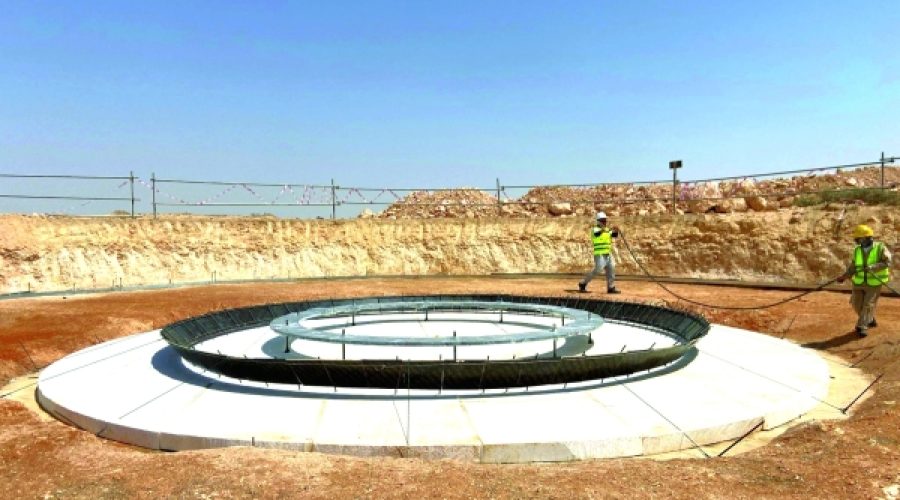Work Begins on PDO’s Rawafid Renewable Energy Projects: What This Means for Oman’s Energy Investors and Entrepreneurs
MUSCAT, OCT 21 – Construction has officially begun on three renewable energy projects being developed for Petroleum Development Oman (PDO) through a partnership between OQ Alternative Energy (OQAE), a division of OQ Group, and France-based TotalEnergies Renewables.
Known collectively as the Rawafid Projects, the developments include the Riyah-1 and Riyah-2 wind farms situated at PDO’s Amin and West Nimr fields in southern Oman, and the North Solar plant located at Saih Nahaydah in northern Oman. These projects will deliver renewable energy with a combined capacity of 234 MW from the wind farms and 105 MWAC from the solar plant. The energy produced will be supplied to PDO under long-term Power Purchase Agreements (PPAs) with the OQAE–TotalEnergies joint venture, where OQAE holds a 51% stake and TotalEnergies 49%.
Almoatasem Al Ismaili, Project Manager at OQ Alternative Energy, announced the initiation of construction activities at Riyah-1 and Riyah-2, stating: “Our teams on-site have begun foundational work for wind turbines, including excavation, reinforcement, and initial concrete pours. Each foundation will support a turbine that will soon add clean energy to PDO’s grid.”
Regarding the North Oman Solar project, Al Ismaili highlighted progress, noting: “Pile installations for the solar trackers are underway, marking the first visible step toward installing rows of solar panels that will soon transform the desert landscape.”
These project updates follow a recent visit by officials from PDO, OQAE, and EPC contractor Huadong Engineering Corporation (a subsidiary of PowerChina) to Chinese manufacturers producing equipment for the Rawafid Projects. The delegation attended Factory Acceptance Tests (FATs) for critical wind turbine components at multiple facilities across China.
Visits included the Goldwind manufacturing plant in Yancheng, Jiangsu Province, where the hub and nacelle of the wind turbines are produced. The hub connects the rotor blades to the main shaft, transferring rotational energy, while the nacelle, mounted atop the tower, houses essential mechanical and electrical parts such as the gearbox, generator, and control systems.
Mohammed Al Lawati, Head of Renewable Energy at PDO and delegation member, explained, “The facility includes an advanced R&D center with test benches for pitch and yaw systems, blade endurance, and drivetrain performance, ensuring each turbine meets stringent quality and reliability standards.”
FATs also covered the rotor assembly, drivetrain at a facility in Fuyang (Anhui Province), gearbox, wind blades, and other key components. Al Lawati emphasized, “Every component undergoes rigorous inspection and testing prior to approval, reflecting the meticulous care invested in each turbine that will enhance Oman’s wind energy portfolio.”
The delegation also toured Sineng Electric, a company specializing in PV inverter manufacturing; LONGi Solar, a global leading supplier of solar PV modules; and Nextracker Inc, a US-based provider of solar tracking systems designed for utility-scale projects.
The North Oman Solar project is expected to commence commercial operations in the second quarter of 2026, while the Riyah wind farms are targeted to become operational by the fourth quarter of 2026.
Special Analysis by Omanet | Navigate Oman’s Market
The commencement of the Rawafid renewable energy projects marks a significant shift towards sustainability and energy diversification in Oman, creating vast opportunities for businesses in the renewable sector and associated industries. Smart investors should consider Oman’s growing commitment to clean energy, as these projects under long-term PPAs promise stable returns and position the Sultanate as a regional leader in renewable infrastructure by 2026. However, attention to supply chain reliability and technological partnerships, especially with global manufacturers, will be crucial to managing project risks effectively.



